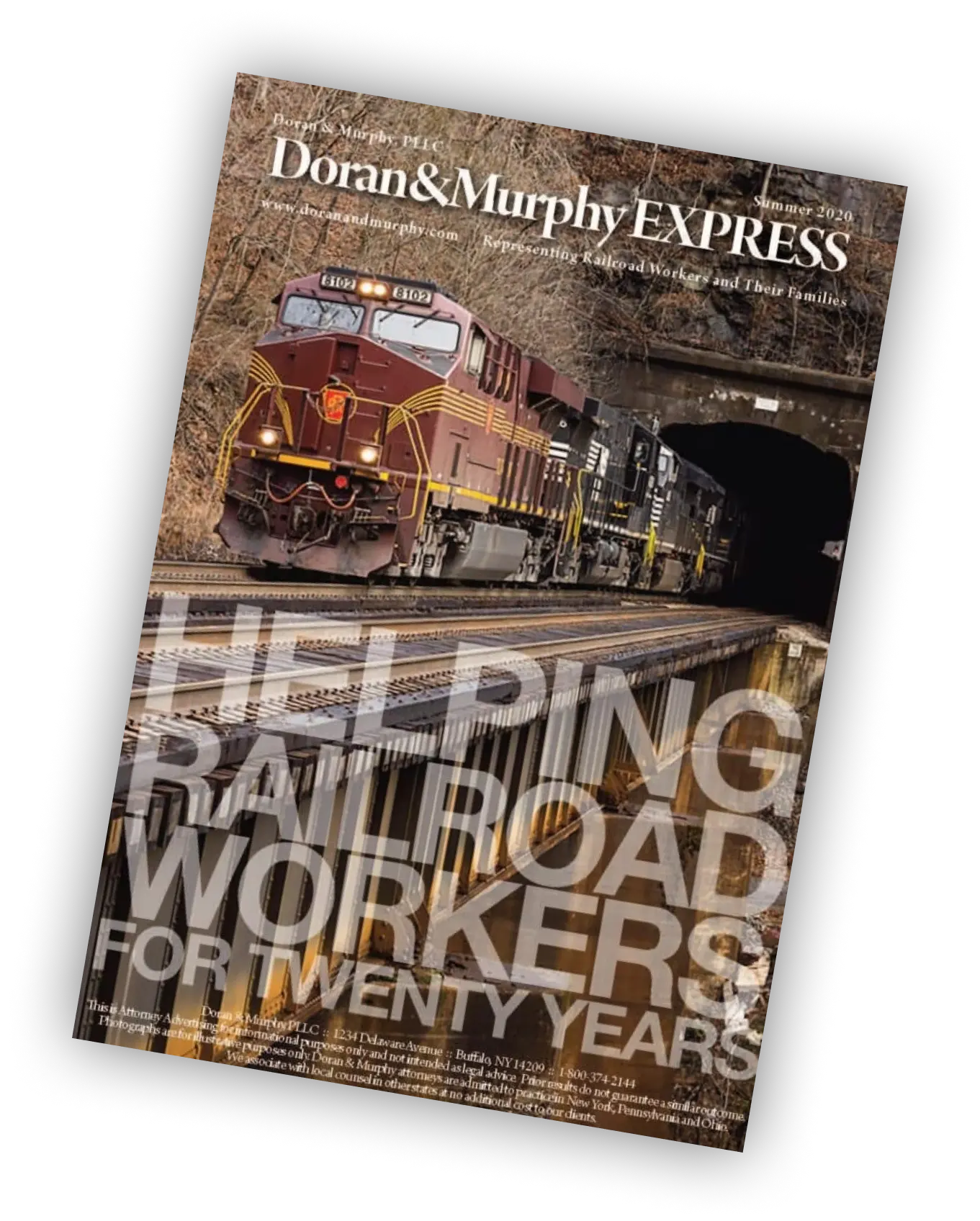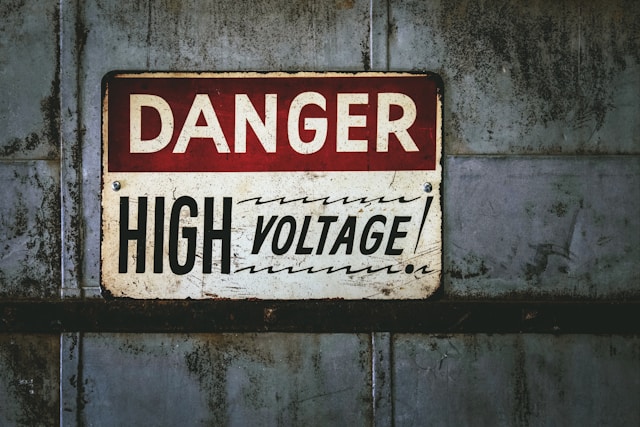Railroad maintenance of way employees and signal maintainers face daily exposure to many hazardous substances. Diesel powered track equipment, such as ballast regulators, tampers, and sweepers, release harmful diesel exhaust fumes into the air. This track equipment also disturbs ballast, creating clouds of silica-containing dust. Railroad signal boxes and bungalows were loaded with asbestos signal boards, also known as “transite boards.” Signal maintainers who drilled holes in these boards to run wires to signal relays had significant exposure to asbestos dust. These substances may cause railroad workers to develop pulmonary diseases such as silicosis, fibrosis, asbestosis, chronic obstructive pulmonary disease (COPD), and different forms of cancer of the blood, such as Acute Myeloid Leukemia (AML), Acute Lymphocytic Leukemia (ALL), Chronic Lymphocytic Leukemia (CLL), Multiple Myeloma, and non-Hodgkin Lymphoma (NHL). Diesel exhaust fumes, silica, and asbestos may also cause different types of cancer, such as bladder, laryngeal, esophageal, stomach, colon, and lung cancer, including non-small cell lung cancer, small cell lung cancer, and mesothelioma.
Beginning in 1990 and 1992, Health Hazard Evaluations (HHEs) were conducted by the National Institute for Occupational Safety and Health (NIOSH) to determine the respiratory hazards faced by maintenance of way employees for Norfolk Southern Railroad and CSX Transportation, Incorporated (CSXT). The NIOSH Health Hazard Evaluations were conducted in Nashville, Tennessee, and Manassas, Charlottesville, and Front Royal, Virginia. The investigators took personal and area samples from employees and machine cabs to measure the concentrations of silica dust. The studies concluded that railroad maintenance of way employees were being exposed to hazardous amounts of respirable crystalline silica from railroad ballast. A significant number of the samples collected exceeded the OSHA Permissible Exposure Limit and NIOSH Recommended Exposure Limit for respirable dust and quartz. Employees who operated ballast brooms, tampers, regulators, and dumping machines had the most exposure to silica dust. However, the dust clouds created by the ballast machines also created a hazardous environment for other employees working on and near the railroad tracks.
In addition, in 1989, the Occupational Safety and Health Administration (OSHA) found that Consolidated Rail Corporation (Conrail) failed to provide signal maintainers with respiratory protection and inform them of the health risks associated with asbestos dust from the signal cases. OSHA’s inspection of Conrail’s workplace safety violations found that Conrail had failed to inform signal maintainers who maintained and installed relay cases that they were being exposed to toxic asbestos by drilling holes in signal boards. Conrail also failed to provide adequate respiratory protection to railroad employees and dispose of asbestos waste in accordance with OSHA regulations. The fines imposed by OSHA on Conrail for these asbestos violations were over $20,000.
In a recent Federal Employers Liability Act (FELA) claim against the railroad, Howell v. Consolidated Rail Corporation, one former Conrail signal maintainer received a $4.5 million gross verdict in Ohio. The jury found Conrail to be 60 percent liable for the plaintiff’s occupational asbestos, silica dust, and diesel exhaust exposure that contributed to his lung cancer. The plaintiff was found to be 40 percent contributorily negligent for his smoking history. At trial there was evidence that railroaders who smoke have a greater risk of developing cancer because of the synergistic (or multiplicative) effect when tobacco smoke is combined with asbestos and silica. This means that there is a much greater risk from combined exposure to these substances than exposure to tobacco smoke or occupational dusts alone.
If you are a railroad worker who has been diagnosed with a respiratory illness or cancer from occupational exposures, contact us to discuss your legal rights.





